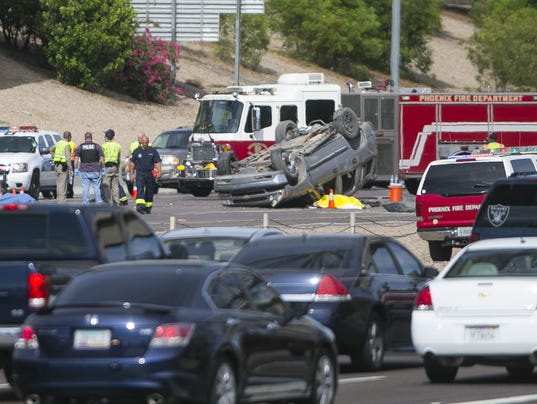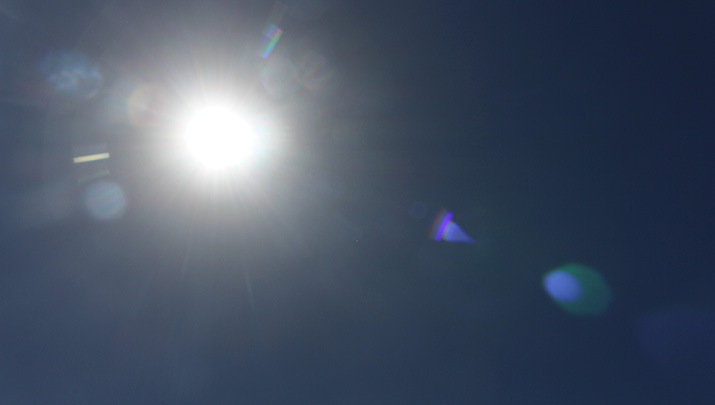
Officials from the park are reminding visitors to practice safety measures while at the lake, including driving the speed limit and wearing life jackets.

More on national park safety: Yellowstone issues plea after multiple incidents of tourists disturbing wildlife: ‘Leave it alone' “Yet the tragic fatalities highlight the need to continually focus on safety and considerate behavior towards others when at the park.” “Water levels are up, visitation is strong, and the majority of visitors are enjoying a safe, fun and healthy environment,” Acting Superintendent Mike Gauthier said in the release. The release states that park rangers also rescued 23 people over the weekend, with situations ranging from criminal incidents such as assault, theft, and drug use to "unsafe and unlawful incidents in the park." Three people died in an accident involving multiple cars, two people drowned and one person died by what is being deemed as suicide. Visitors can do a multitude of activities in the park, including boat, hike, camp, fish, swim and cycle.īut after six people died in the area over Father's Day weekend, the National Parks Service urged caution. Lake Mead is located in both Nevada and Arizona and has seen millions of visitors in the past, according to the park's website. Call ahead, and ask if you need to be seen and where.Authorities from Lake Mead National Recreation Area are urging people to prioritize safety after the area saw multiple fatalities and accidents this past weekend. That just risks making more people sick, officials urge.

To protect yourself, wash your hands well and often, keep them away from your face, and avoid crowds and standing close to people.Īnd if you do find yourself showing any of these flu or coronavirus symptoms - don't go straight to your doctor's office. RELATED: Is it the flu, a cold or COVID-19? Different viruses present similar symptoms A minority of cases develop pneumonia, and the disease is especially worrisome for the elderly and those with other medical problems such as high blood pressure, obesity, diabetes or heart conditions. They usually include fever, a dry cough and noticeable shortness of breath, according to the World Health Organization. Symptoms of COVID-19 may appear more slowly.

Flu symptoms are more intense and usually come on suddenly, and can include a high fever. These, of course, are similar to the common cold and flu.Įxpect a common cold to start out with a sore or scratchy throat, cough, runny and/or stuffy nose. Symptoms for coronavirus COVID-19 include fever, coughing, and shortness of breath.

Our promise is that our alerts are there to inform you - not scare you.įor more information about the coronavirus in your community, click on the links below from county and tribal health departments: Get the latest coronavirus news by downloading the FOX 10 News App. Wash your hands often with soap and water for at least 20 seconds, especially after going to the bathroom before eating and after blowing your nose, coughing, or sneezing.Cover your mouth and nose with a cloth face cover when around others.Clean and disinfect frequently touched objects and surfaces using a regular household cleaning spray or wipe.Cover your cough or sneeze with a tissue, then throw the tissue in the trash.Avoid touching your eyes, nose, and mouth.Avoid close contact with people who are sick.In order to protect yourself from a possible infection, the CDC recommends:


 0 kommentar(er)
0 kommentar(er)
